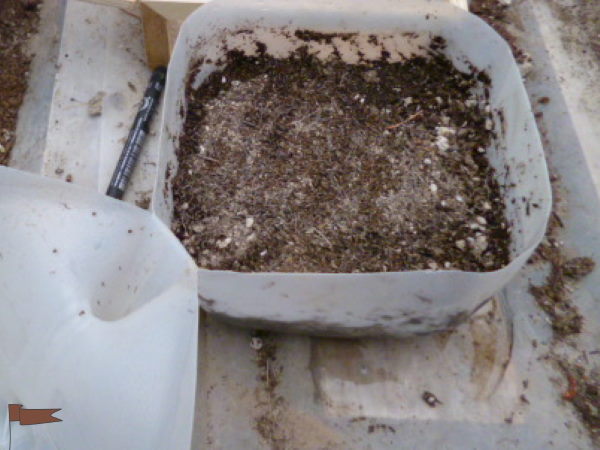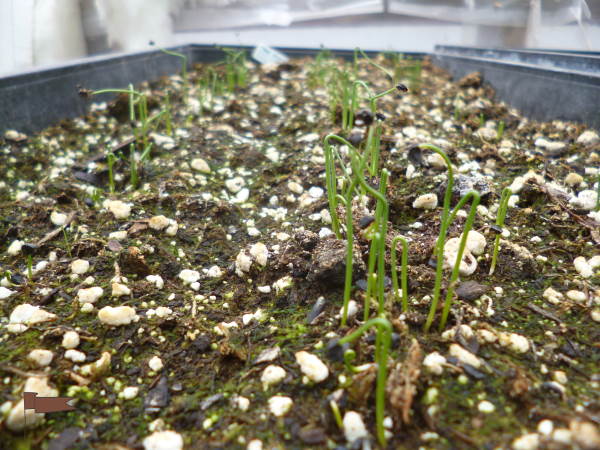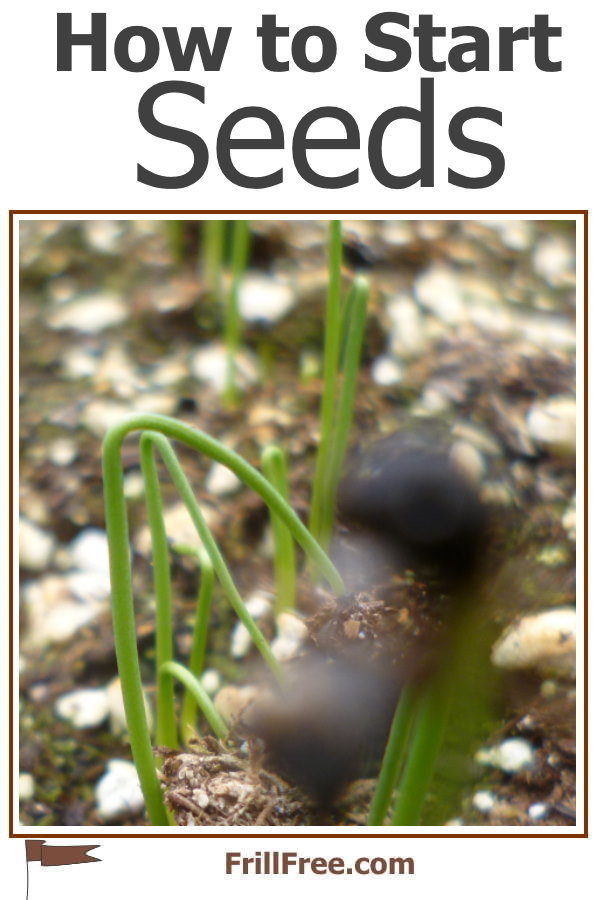- Homesteading
- Seed Planting
- How to Start Seeds
How to Start Seeds
Tips for Successfully Getting Your Garden Growing
I am a participant in the Amazon Services LLC Associates Program, an affiliate advertising program designed to provide a means for me to earn fees by linking to Amazon.com and affiliated sites. Other links on this site may lead to other affiliates that I'm associated with.
Seeds are not that expensive, especially if you save some of your own. But when you have to buy a lot of different seeds all at once, it can add up.
Here are some ways to save money in the next step, after you've ordered your seeds and they've arrived.
Many seed catalogues also have a section of other things to buy to help with your gardening, but honestly?
You don't need all those fancy peat pots, containers, tools and little greenhouses.
I do recommend purchasing a good watering can, one with a long spout. These are sometimes called 'bonsai watering cans' but they're not restricted to that.
They shower the water upwards, which won't splash or crush the plants when they're small.
There are a lot of options that don't cost anything at all, so stick with cheap or free. The recycle bin is a good place to start.
There are some really innovative ways to utilize those recycled items, like this gadget that goes on top of a pop bottle - perfect for delicate seedlings;
I make scoops for soil mixes from juice or detergent bottles. These are so simple to make, using only a sharp knife, that you'll make several to use for soil, amendments, fertilizer and Dolomite lime.
Speaking of soil, always use sterilized or pasteurized potting soil, so you don't introduce any pathogens into your seed growing area. Find out more about my favorite seed starting soil here.
Don't have access to soil right now?
Pasteurize your own, over the open fire. Don't use the microwave to sterilize soil, it smells really bad!
 Milk Jug half filled with soil - the top makes a little greenhouse
Milk Jug half filled with soil - the top makes a little greenhouseI have lots of flats, left over from a time in my life that I had a backyard nursery.
I use those outside, but indoors, I need something smaller. I've saved up a couple of those salad containers from baby kale or spinach through the winter, and they'll make perfect seed starting containers - complete with a roof to provide moisture retention.
Plus they're clear, so the seedlings won't have to stretch for the light.
Cut milk jugs in half, and put some soil in the bottom part, sow the seeds, then place or tape the top part back on to make a little greenhouse.
Make sure you wash your containers, especially any that might have plant or soil debris on them to prevent pathogens from infecting those tiny defenseless seedlings when they sprout.
For single large seeds of plants that dislike transplanting, like squash, cucumbers and similar, use a cardboard egg carton.
When the time comes to plant them out in the garden, tear off each cell and plant. The roots won't be disturbed.
 How to Start Seeds - plant them in rows to make them easier to transplant
How to Start Seeds - plant them in rows to make them easier to transplantWhen I sow the seeds, I don't spread them all over the surface.
I make shallow drills or rows, so they're easier to get out without damaging if I want to transplant them.
They can be scooped out with an old spoon or a knife, a small clump at a time.
With the rows, they're easier to water too, you just dribble a small amount of water along the rows, between the plants, not on top of them which could damage them.
For more about the germination process, see this page.
Got a question? Find out what others have asked;
Why use only sterilized potting soil or media?
Why use only sterilized potting soil or media?
Seeds and seedlings are very susceptible to pathogens like bacteria, viruses and fungus, which are often in soil that is stored improperly or contaminated.
What is the best water for seedlings?
What is the best water for seedlings?
The water you use for seedlings has to be tepid, or lukewarm to avoid shocking the tiny roots.
In addition, it should be free of chemicals like fluoride and chlorine, common in tap water, or minerals like iron and calcium which is often found in well water. The best water is rainwater or melted snow, or off an air conditioner or heat pump.
Do seedlings need fertilizer?
Do seedlings need fertilizer?
Seedlings won't need any fertilizer for at least a few weeks until they're bigger - soil mixes for seed growing contains enough, and then you'll be transplanting them into more nutritious soil.












